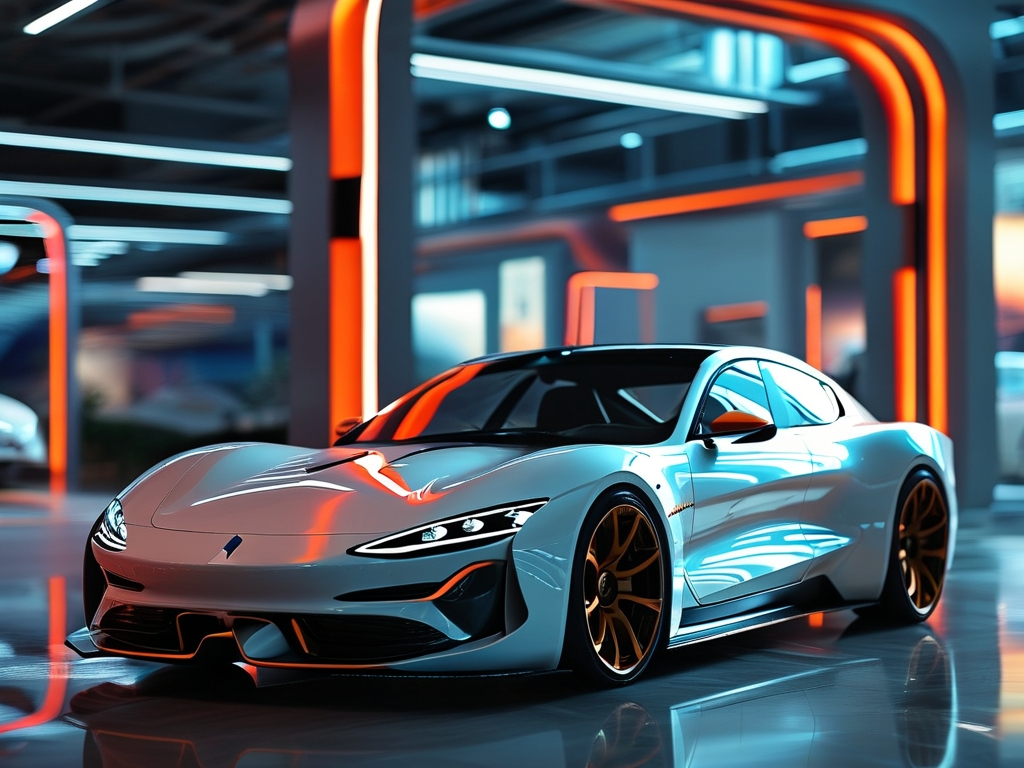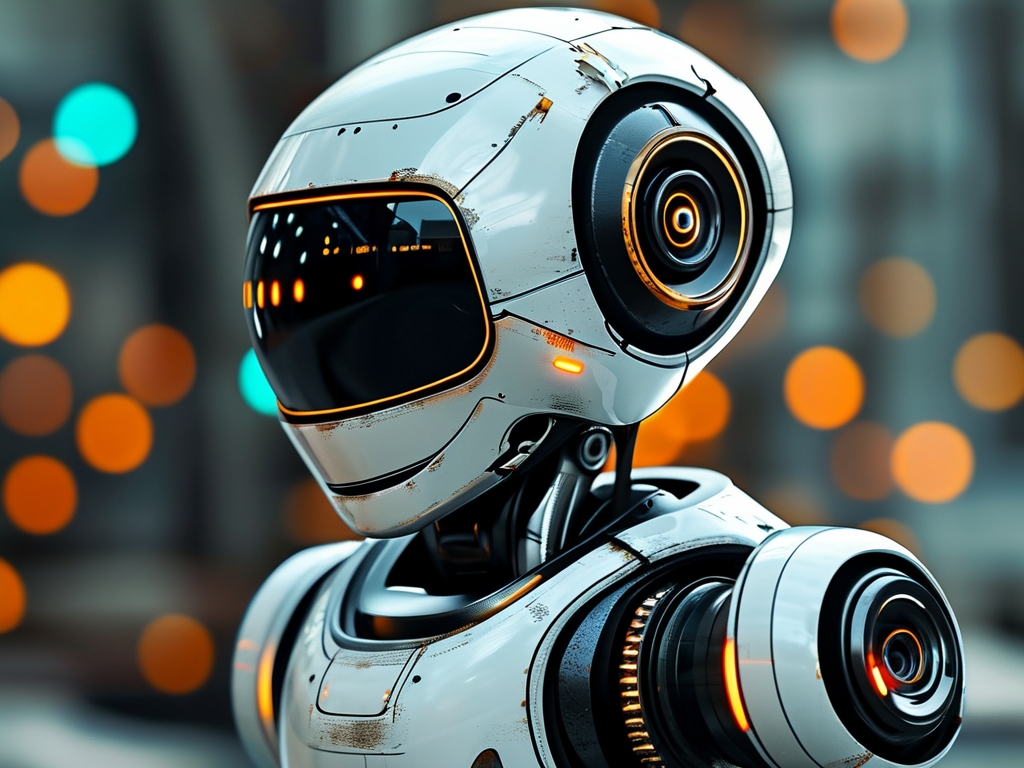In the rapidly evolving landscape of smart technology and automotive innovation, the role of an interaction designer has become pivotal. At Seres (), a company renowned for its cutting-edge electric vehicles and intelligent systems, interaction designers are the unsung heroes who shape how users interact with complex technologies. This article explores the responsibilities, challenges, and creative processes of a Seres interaction designer, highlighting their impact on product development and user satisfaction.
1. The Essence of Interaction Design at Seres
Interaction design at Seres transcends traditional UI/UX practices. It is about creating seamless, intuitive, and emotionally resonant experiences for users navigating advanced systems—from in-car infotainment interfaces to AI-driven mobility solutions. A Seres interaction designer must balance technical constraints with human-centric design principles. For example, designing a dashboard interface for an electric vehicle involves not only aesthetic appeal but also real-time data prioritization, safety compliance, and ergonomic accessibility.
The company’s focus on smart connectivity and autonomous driving adds layers of complexity. Designers collaborate with engineers, data scientists, and product managers to ensure interfaces adapt to dynamic scenarios, such as switching between manual and self-driving modes. This requires a deep understanding of user behavior, contextual adaptability, and predictive design strategies.

2. Core Responsibilities of a Seres Interaction Designer
A typical day for a Seres interaction designer involves multidisciplinary tasks:

- User Research: Conducting ethnographic studies and usability tests to identify pain points in existing systems. For instance, how drivers interact with voice assistants during high-speed driving.
- Prototyping: Creating interactive wireframes and high-fidelity prototypes using tools like Figma or Adobe XD, validated through iterative testing.
- Cross-Functional Collaboration: Bridging gaps between design, engineering, and marketing teams to align product vision.
- Data-Driven Design: Leveraging analytics from connected vehicles to refine interface elements, such as optimizing menu structures based on usage frequency.
One unique challenge is designing for multi-modal interactions. Seres vehicles often integrate touchscreens, gesture controls, voice commands, and haptic feedback. Ensuring consistency across these modalities while avoiding cognitive overload is critical.
3. Case Study: Redesigning the Seres In-Car OS
In 2023, Seres launched its next-generation in-car operating system, Hyper OS, which received acclaim for its minimalist design and responsiveness. The interaction design team played a central role in this project.
Phase 1: Identifying User Frustrations
Feedback from existing users revealed that cluttered menus and delayed voice responses were major issues. The team conducted A/B testing to compare hierarchical vs. flat navigation structures.
Phase 2: Iterative Prototyping
Designers proposed a context-aware interface that simplified high-frequency functions (e.g., climate control) while tucking less-used features into a “Smart Panel” accessible via swipe gestures. Voice response latency was reduced by integrating edge computing capabilities.
Phase 3: Validation and Launch
Post-launch analytics showed a 40% reduction in user-reported frustrations and a 25% increase in voice command usage. This success underscored the importance of aligning technical feasibility with user psychology.
4. The Future: AI and Ethical Design Challenges
As Seres ventures deeper into AI-driven mobility, interaction designers face new ethical dilemmas. For example, how should an autonomous vehicle’s interface communicate decision-making processes during emergencies? Transparency and trust-building become paramount.
Moreover, generative AI tools are reshaping design workflows. Seres designers now use AI-assisted platforms to automate repetitive tasks, such as generating accessibility-compliant color schemes. However, the human touch remains irreplaceable in crafting empathetic experiences.
5.
The role of a Seres interaction designer is both demanding and rewarding. It requires a fusion of creativity, technical acumen, and empathy to transform cutting-edge technology into intuitive user experiences. As Seres continues to innovate, its interaction designers will remain at the forefront of redefining how humans and machines coexist—a mission that blends art, science, and purpose.
By prioritizing user needs while embracing technological advancements, Seres interaction designers exemplify the future of intelligent design—one where every interaction feels effortless, meaningful, and inherently human.




